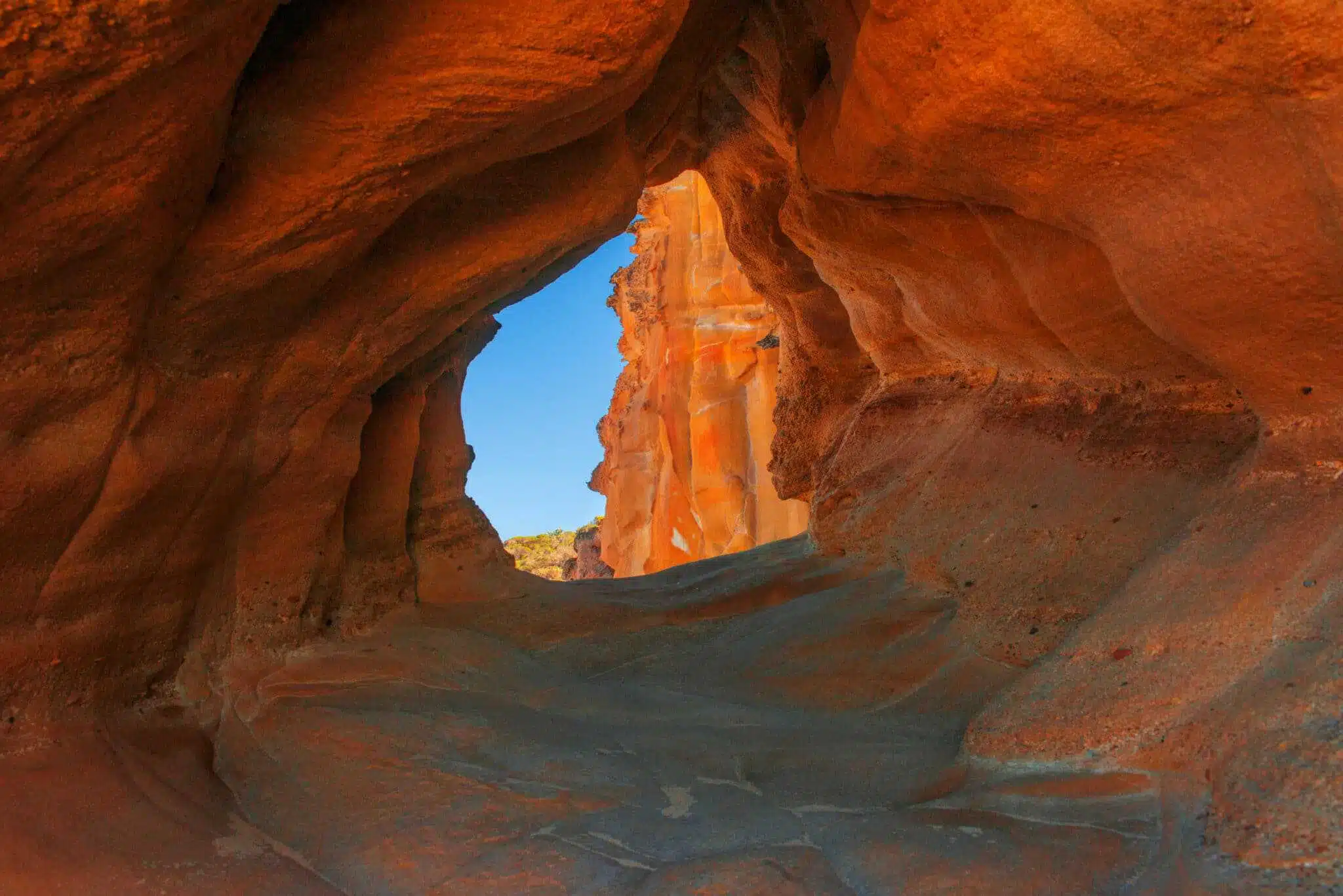A proposed eco-friendly development in Ben Boyd National Park (Australia) is angering locals.
The National Parks and Wildlife Service (NPWS), which initiated the commercial model, is seen as a threat by many to the beautiful park funded by taxpayers close to Eden in the Far South Coast of NSW.
The public’s opposition can be seen in response to the Review of Environmental Factors (REF), which received 105 objections and 24 suggestions that further review of the project was needed, as per a report.
Only eight of the 142 responses indicated overall acceptance of the initiative.
National Parks Association (NPA) member Di Thompson said it mattered the least to NPWS, if at all, how many submissions against any project were received, as they were ignored.
“So many submissions against proposals are prepared by individuals and groups who know a lot about a particular area, its environment, have visited for decades, and are scientifically based,” Thompson said.
“Those out there in the public that do care are left grieving and still fighting to save even remnants from these blatant decisions and the aggressive manner they are imposed upon us.”
NPWS said more than 130 submissions on the REF have been received and said a submissions report would be posted on its website within the next few weeks.
Jenny Robb, owner of Light to Light Transfers, said that although she is not entirely against the construction of accommodation at the park, the plan does not seem to take everyone’s views into account.
I’m all for opening up opportunities for others to walk the track, but at least 80% of people we transfer don’t see the need for the development and are disappointed by how it impacts the walk right now and until the project is complete,” Robb said.
“They seem so gung-ho about this development and hell-bent on the huts, and many are wondering why.”
Robb said that building the planned development in Mowarry Point would ruin an amazing place.
“They just don’t seem to be listening,” Robb said.
“I’m personally upset about where they plan to build the huts. There were plenty of other options that wouldn’t have detracted from it being a wilderness walking and camping experience.
The development effectively shuts campers and walk-ins out of Hegarty’s bay, which means it is a 20-km trek between Mowarry up to Green Cape, especially as plans are in place to close Bittangabee for major work between April and June this year.
Hegarty’s Bay has been shut down for over 12 months, with NPWS citing fire damage and rehabilitation works.
NPWS has announced that a new walkers’ camp at Bittangabee Bay would be developed as a replacement for the campground being shut down at Hegarty’s Bay to construct huts.
“The walking distance between Mowarry and Bittangabee Bay is approximately 14 km. The distance is suitable given the terrain of the coastline is relatively flat,” the spokesperson said.
Broken down, the responses to the REF came from 131 individuals from six community organizations and three government agencies.
Some of the most prominent themes by submissions comprised misleading sustainability claims and the resulting impact on the environment; commercial operations not being NPWS core business; increased visitor numbers would detract from the experience and exceed the capacity of the park; equity of the proposal and high costs; increased pressure on bushfire; change of the park’s character, and aboriginal and historic cultural heritage.
Gary Dunnett, NPA executive officer, stated that the organization has always argued that the facilities proposed were insufficient to meet the requirements of campers who stay overnight.
There should be no presumption that overnight facilities are required or appropriate in every national park setting – in many situations, it is simply not possible to meet the requisite standards,” Dunnett said.
“A large part of the excessive scale can be attributed to the commercial model prompted by NPWS, which requires both physical separation of paying and self-reliant campers and a high level of facilities for the clients of commercial operators.”
NPWS stated that the proposal, including the environmental and cultural assessment, would soon be submitted to the planning authority for consideration and determination.


